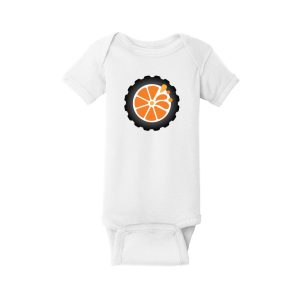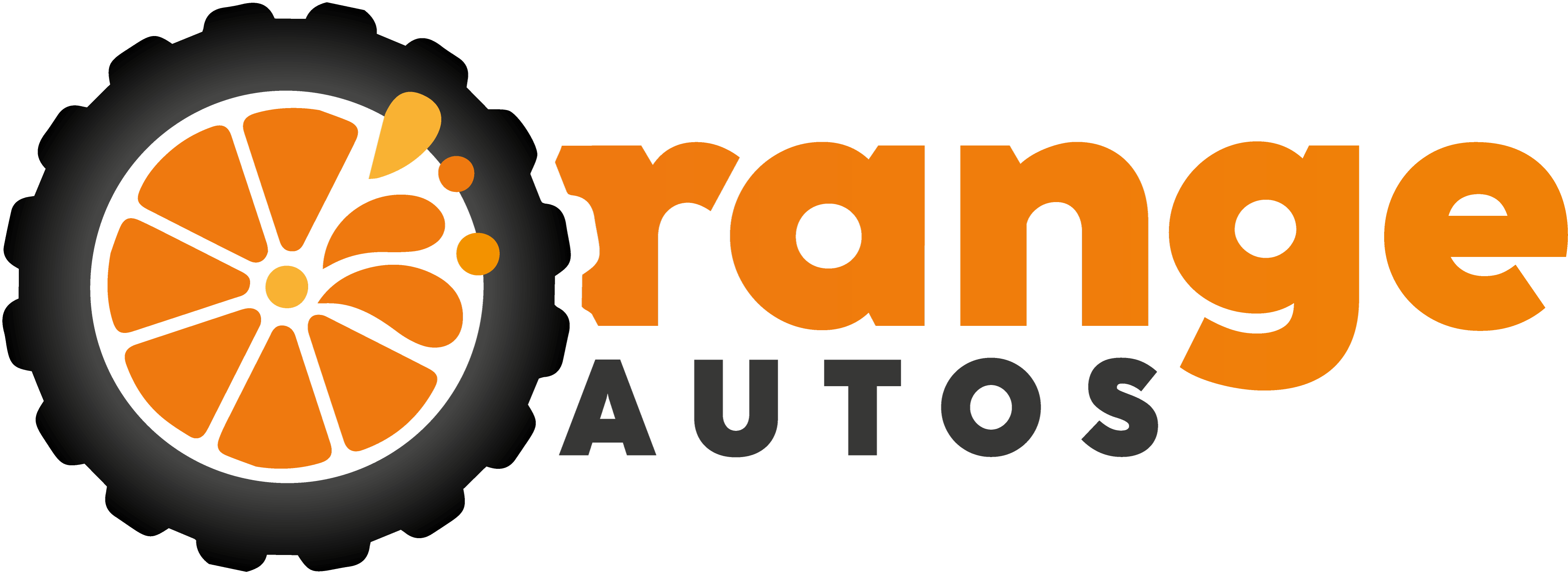When it comes to brakes, there are two main types: disc brakes and drum brakes.
Drum brakes have a wheel cylinder that pushes brake shoes against the drums. The shoes press against the drums, which in turn slows down or stops the vehicle.
Drum brakes have been around for a long time, and were once the most popular type of brake. However, in recent years, disc brakes have become more common due to their superior performance. In this blog post, we will discuss the differences between drum brakes and disc brakes. We will also talk about the pros and cons of each type of brake.
Disc brakes work by using a caliper to squeeze a brake pad against a rotating disc, or rotor. The friction between the pad and the rotor slows down the wheel. Drum brakes work in a similar fashion, but instead of a rotor, they have a drum. The brake pads are mounted on the inside of the drum, and when the brakes are applied, the pads squeeze against the drum and slow down the wheel.
Disc brakes are more effective than drum brakes for a few reasons. First, they have better cooling because the air can flow more freely around the rotor. This helps to prevent brake fade, which is when the brakes start to become less effective after extended use. Drum brakes can also suffer from brake fade, but it is more common with disc brakes.
Disc brakes also have shorter stopping distances than drum brakes. This is because the pads can grip the rotor more effectively, and the force is applied directly to the wheel. Drum brakes apply the force to the shoes, which then push against the drum. This can cause the shoes to slip, which reduces the braking force.
Disc brakes are also less likely to cause skidding because the force is applied directly to the wheel. When a drum brake fails, it can cause the shoe to lock up against the drum, which can cause the wheel to skid. Disc brakes are less likely to fail in this way because the caliper can release the pressure on the pads if it senses that the wheel is skidding.
Disc brakes do have some disadvantages, however. They are more expensive than drum brakes, and they require more maintenance. The pads and rotors will wear out over time and will need to be replaced. Disc brakes also tend to make more noise than drum brakes.
If you are looking for a new set of brakes, disc brakes are the way to go. They offer superior performance and safety, and they will last longer than drum brakes. However, if you are on a budget, drum brakes may be a better option for you. Whichever type of brake you choose, make sure to have it serviced regularly to ensure optimal performance.
Do you have any experience with disc brakes or drum brakes? Let us know in the comments!
6fhaey
cialis professional wikipedia
Is it harder to take off the older brakes?






